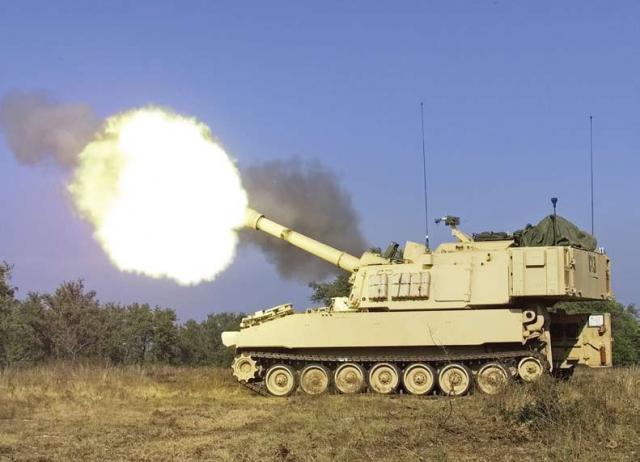Senior Army leaders told lawmakers the service is “harvesting” technologies from canceled acquisition programs and putting them to use in much-needed current platforms.
Speaking April 5, 2011, before the Senate Armed Services Subcommittee on Airland, Army said advances in technology gained during the canceled Future Combat Systems 155mm artillery weapon called the Non-Line-of-Sight Cannon program are being harvested for the current Paladid — Paladin Integrated Management, or PIM.
They also said funds from the canceled Comanche helicopter program have been reinvested back into Army aviation, and technologies from the Medium Extended Air Defense System, or MEADS program, may well be harvested to help upgrade the Patriot missile.
In addition, the Army has been able to identify savings, eliminate redundancy and gain efficiency through its Capability Portfolio Reviews, or CPRs, efforts which look across “portfolios” or groups of systems from a holistic perspective with a mind to determining the best path forward for the Army.
“We remain diligent in our efforts to be good stewards of scarce taxpayer dollars,” said Army Vice Chief of Staff Gen. Peter Chiarelli.
“Over the past year, through our ongoing Capability Portfolio Review process, we have identified a number of areas where we were able to make changes and eliminate redundancies,” Chiarelli said. “In fact, as part of the Department of Defense’s reform agenda, the Army has proposed $29 billion in savings over the next five years – and we will not stop there.”
For example, the Precision Fires CPR resulted in the cancellation of the Non-Line-of-Sight launch system, a move which saved the taxpayers up to several million dollars. The Missiles and Space CPR resulted in the cancellation of the Army’s Surface Launched Advanced Medium Range Air-to-Air Missile, or SLAMRAAM, a move which saved at least $1 billion. In some instances, redundancies were identified because a similar capability existed elsewhere in the portfolio, and in other instances systems were canceled due to changes in the threat facing Soldiers in theater today.
“We are going to take that technology [from SLAMRAAM] – put it on the shelf. Should the threat increase – that technology will be there for us,” Chiarelli said.
Citing a recent rocket attack in Afghanistan, Chiarelli told lawmakers that the Army is focusing on counter-rocket technologies.
“We realize that we really need to spend money on the threat that is affecting Soldiers and civilians downrange today — that is to get after indirect fire and rocket attacks,” he said.
Citing the recently completed Decker-Wagner Army Acquisition Review, Sen. Joeseph Lieberman (D-Ct.), Chairman of the subcommittee, asked Army leaders about dollars from canceled programs.
“Since 2004, the Army has spent annually between $3.3 billion and $3.8 billion on programs that have been canceled,” he said.
Lt. Gen. Bill Phillips, principal military deputy to the Assistant Secretary of the Army – Acquisition, Logistics, and Technology, told the subcommittee the Army is conducting a study of 22 canceled programs in order to learn from those experiences and avoid repeating mistakes.
In addition, Phillips explained how the cancellation of the Comanche program in 2004 wound up helping the Army harness the program’s technological gains and reinvest in Army aviation.
“It is obvious that the threat had changed and the Army made the right decision to terminate Comanche,” Phillips explained. “We invested $14.2 billion back into aviation and the results of that have been very positive for the Army, as evidenced by aviation’s tremendous support for the current fight. Most importantly we harvested technology from Comanche.”
“Number two, we have over 500 aircraft flying in theater today. As a result of the Comanche decision, many are modernized platforms flying at readiness rates above what we could imagine back in 2003 and 2004,” said Phillips.











